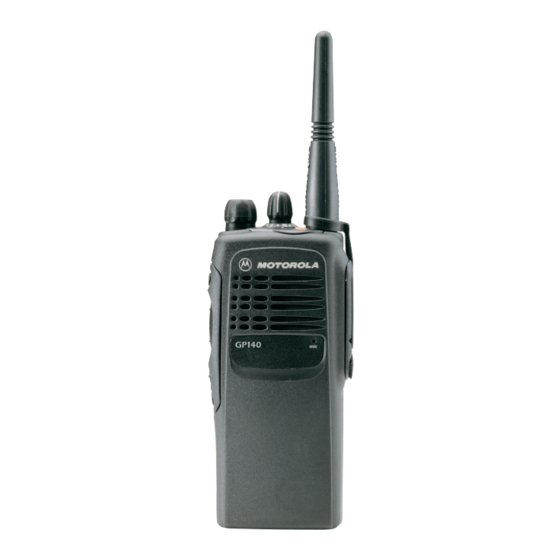Motorola GP340 ATEX Informações sobre o serviço - Página 15
Procurar online ou descarregar pdf Informações sobre o serviço para Rádio portátil Motorola GP340 ATEX. Motorola GP340 ATEX 24 páginas. Professional radio, power distribution and controller
Também para Motorola GP340 ATEX: Ficha de especificações (5 páginas), Manual do utilizador (31 páginas), Ficha de especificações (2 páginas), Manual do utilizador (30 páginas), Manual do utilizador (30 páginas), Manual básico do utilizador (10 páginas), Informações sobre o serviço (32 páginas), Informações sobre o serviço (30 páginas), Informações sobre o serviço (26 páginas), Informações sobre o serviço (31 páginas), Informações sobre o serviço (43 páginas), Informações sobre o serviço (30 páginas)

